How to Grow Dwarf French Beans in July UK: Complete Guide for Success
Growing dwarf French beans in July in the UK is perfect for late-season harvests. This guide covers everything from sowing seeds to harvesting pods, tailored for UK climates and beginner gardeners.
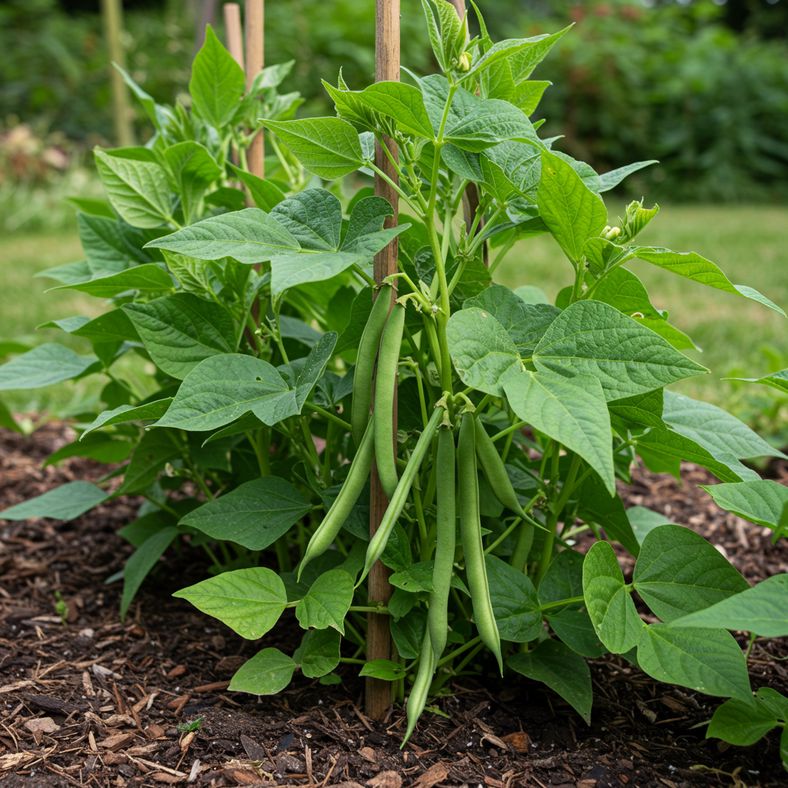
Growing dwarf French beans in July in the UK is a fantastic way to enjoy fresh, home-grown produce well into autumn. These compact plants are ideal for small gardens, allotments, or even containers, thriving in the warm summer weather. As tender vegetables, they need protection from late frosts, but July sowings can yield quick crops in just 8-10 weeks. In this guide, we'll walk you through every step, from choosing seeds to harvesting, with tips suited to the UK's variable climate. Whether you're a beginner or intermediate gardener, you'll find practical advice to ensure success. Remember, temperatures in July typically range from 15-25°C, perfect for germination.
Disclaimer: This article contains Amazon affiliate links. We may earn a small commission from qualifying purchases at no additional cost to you.
Getting Started
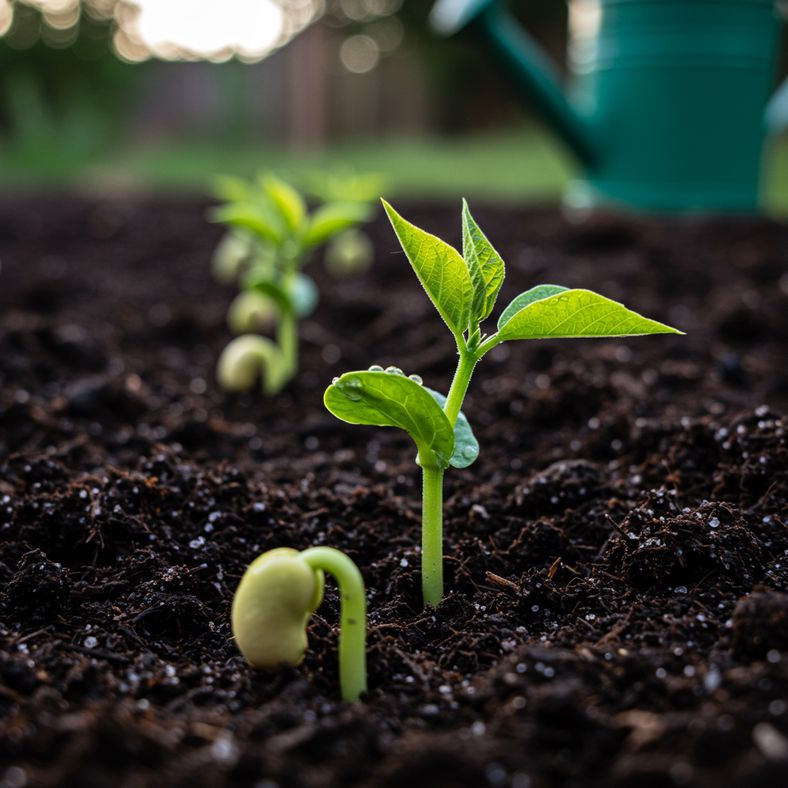
Dwarf French beans (Phaseolus vulgaris) are an easy, space-efficient crop for UK gardeners. Unlike climbing varieties, they grow to about 45cm tall and don't need supports, making them perfect for July sowings when the soil is warm (around 15-20°C). They're ideal for beginners, producing stringless pods from late summer to early autumn. Choose a sunny spot with well-drained soil, and plan for regular watering in dry spells. These beans fix nitrogen in the soil, benefiting future crops.
July is a great time for successional sowing to extend your harvest. Ensure your site gets at least 6 hours of sunlight daily, and protect young plants from slugs.
Choosing Seeds and Varieties
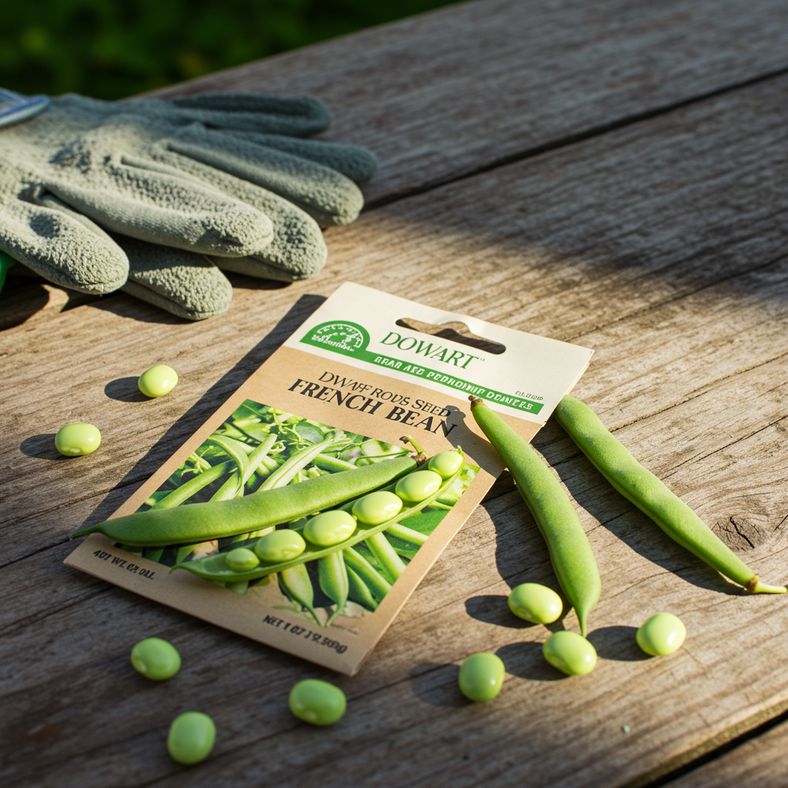
Select dwarf varieties suited to UK conditions, such as 'Sprite' or 'Boston', which have the RHS Award of Garden Merit for reliability. Look for stringless pods in green, yellow, or purple for variety. For a recommended option, try Garden Dwarf French Bean Opera Seeds for heavy yields of tender pods.
Buy seeds from reputable suppliers; young plants are available in garden centres if you prefer a quicker start.
Preparing the Ground

Choose a sunny, sheltered spot with fertile, well-drained soil. In July, UK soils are warm (15-20°C), ideal for direct sowing. Dig in compost or well-rotted manure (2 bucketfuls per square metre) to improve moisture retention. For no-dig methods, apply mulch directly.
Weed thoroughly and consider warming the soil with fleece if needed. For containers, use pots at least 30cm wide.
Sowing in July
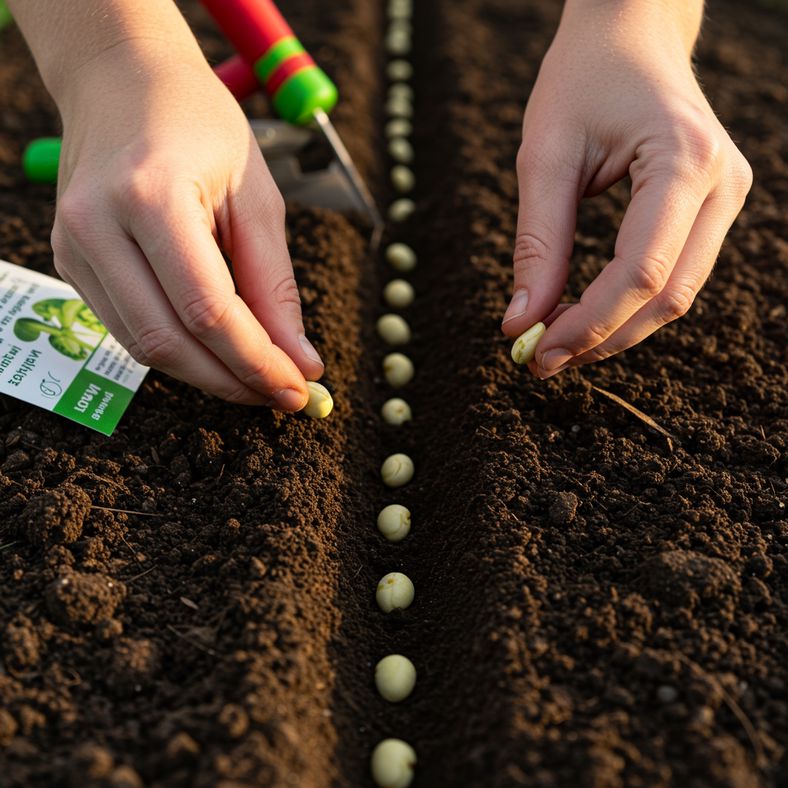
In July, sow directly outdoors as soils are warm. Sow seeds 5cm deep, 15cm apart in rows or blocks. Water well and cover with fleece for protection. For pots, sow one per small pot or directly into large containers.
Germination takes 7-14 days at 15-25°C. Thin seedlings if needed.
Planting and Spacing
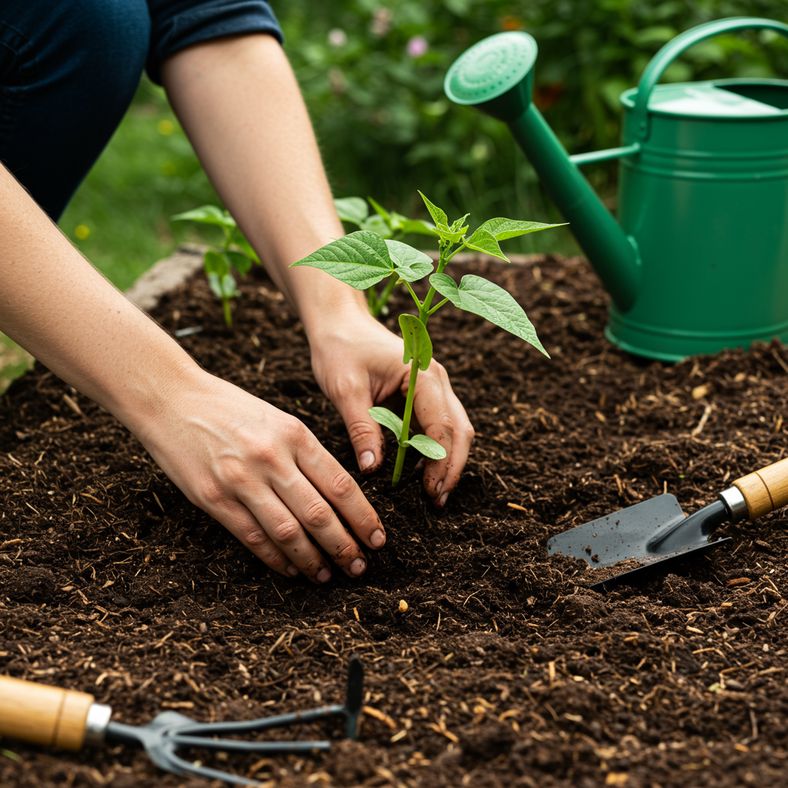
Plant out young plants or thinned seedlings 15cm apart in blocks. In containers, space similarly. Water thoroughly after planting. No supports needed for dwarfs, but add twiggy sticks if desired to keep pods off the soil.
Plant Care and Maintenance
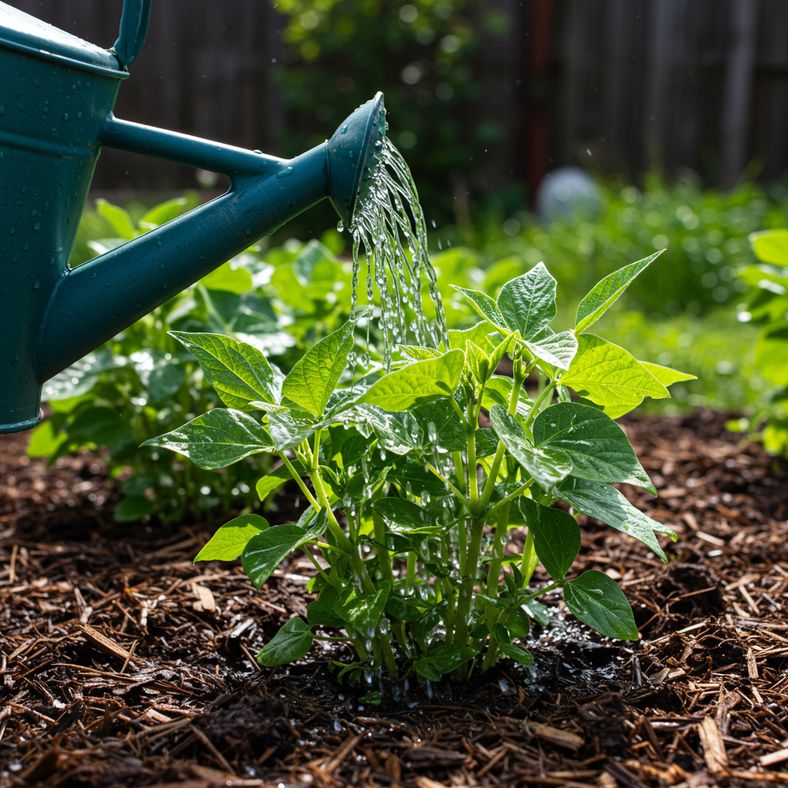
Water regularly, especially in dry July weather (aim for consistent moisture). Mulch to retain water and suppress weeds. Feed container plants every two weeks with a high-potassium fertiliser like Levington Tomorite once flowering starts.
Watch for slugs and aphids; use barriers or natural controls.
Harvesting

Harvest pods at 15-20cm long, when they snap easily, from August onwards. Pick every few days to encourage more production. Use sharp secateurs like JiveSnip Premium Titanium Garden Secateurs for clean cuts.
Store fresh or freeze for later use.
Common Problems and Solutions
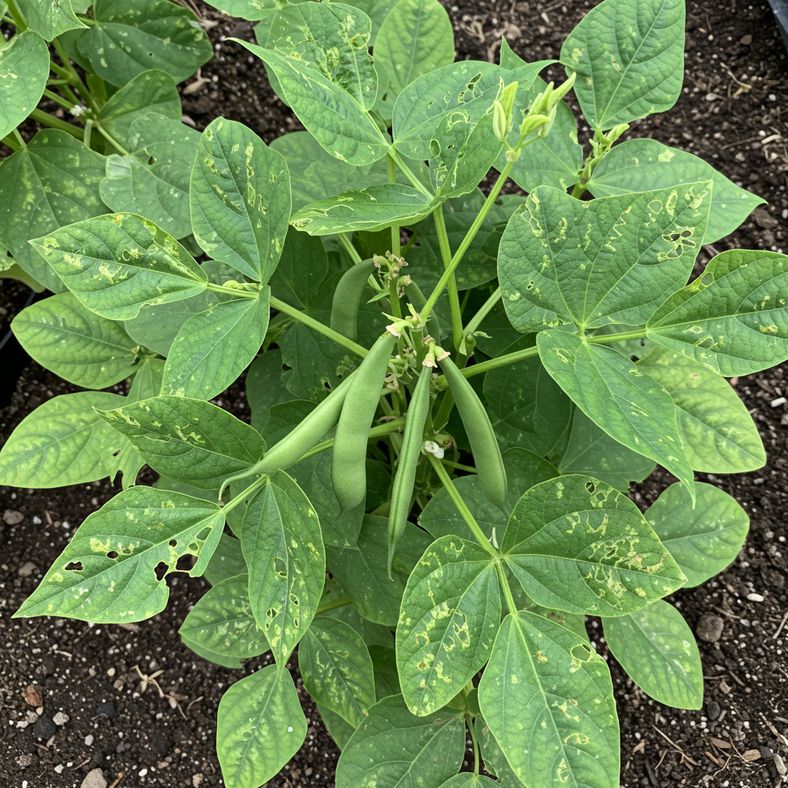
Slugs and snails may attack young plants; use barriers. Black aphids can appear—wash off or use natural predators. Rust fungus thrives in humid conditions; ensure good airflow.
Prevent by choosing resistant varieties and avoiding overhead watering.